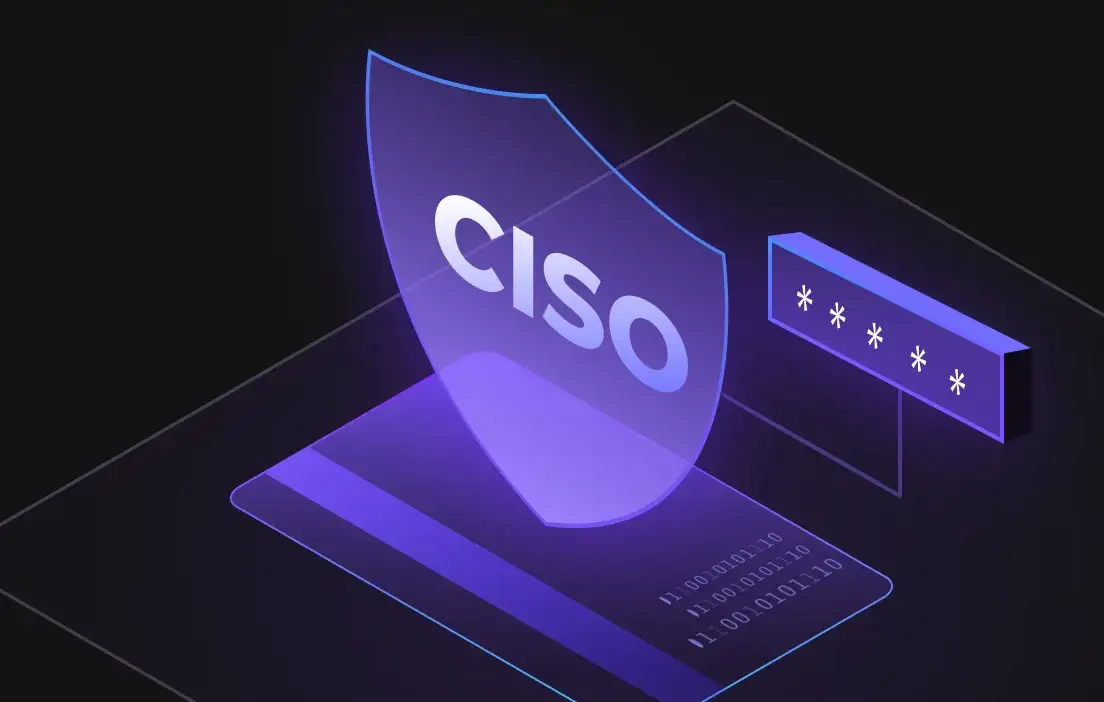Digital innovation is fascinating, but it can also be dangerous to your organization. As businesses increasingly use and store sensitive data in hybrid and multi-cloud environments, the need to minimize risk and keep sensitive data private is greater than ever.
For this reason, top chief information security officers (CISOs) have embraced data tokenization to protect their organization’s critical information assets. In this article, we’ll dive into how CISOs use cloud data tokenization to protect data across environments, reduce regulatory exposure, and support global data residency requirements.
Specifically, we’ll look at what cloud tokenization is and how it works, provide practical data tokenization examples to illustrate its value, and examine how you can make the connection between tokenization and data residency compliance. We’ll also delve into database tokenization techniques and their advantages based on what we’ve learned from leading enterprises.
Let’s get started.
So, What is Cloud Data Tokenization?
Cloud data tokenization is a powerful way to replace sensitive data elements with non-sensitive equivalents called tokens. These tokens are meaningless outside of the tokenization system, making them unusable if they’re somehow intercepted or obtained.
Unlike encryption, which transforms data and can be reversed with a key, tokenization maintains no mathematical relationship to the original data, making it a strong defense against unauthorized access.
CISOs have gravitated toward cloud tokenization over traditional encryption for specific use cases such as payment processing, healthcare records, and personally identifiable information (PII). With tokenization, the actual sensitive data never leaves the organization’s secure boundaries, even when applications and workloads are moved to the cloud.
Tokenization helps organizations:
- Minimize data exposure risks in multi-cloud environments.
- Simplify PCI DSS, HIPAA, and GDPR compliance.
- Ensure data is secure when it’s at rest or on the move.
- Support cross-border data residency obligations.
Modern tokenization should integrate flawlessly into hybrid cloud architectures so teams can apply policies, access controls, and audit mechanisms across environments.
[Infographic: Fortanix’s Guide to Data Tokenization]
What Data Tokenization Looks Like in Practice
Tokenization protects big business—up to $4 trillion to $5 trillion of tokenized digital securities [source] could be issued by 2030, according to a Citigroup forecast.
Here’s a more practical example of data tokenization that illustrates how it works.
Think of a large financial institution that handles millions of credit card transactions daily. Exposing primary account numbers (PANs) even once can result in regulatory penalties and a significant loss of customer trust.
Using cloud tokenization, the organization replaces each PAN with a randomized token that retains the same format but holds no real-world value. The original data is stored in a secure vault that can only be accessed under tightly controlled conditions.
When applications or outside vendors need to process transactions, they can use the tokens, not the raw data, dramatically reducing risk. This tokenization data approach ensures that if an attacker is able to gain access to the system, all they come away with is worthless tokens, not the valuable personal information they’re actually after.
The first step in adopting tokenization—sometimes called the first data tokenization—often involves protecting the most regulated or high-risk fields like social security numbers, bank account numbers, or passport data.
A Compliance Power Tool: Tokenization and Data Residency
Global organizations face a complex and sometimes flat-out confusing web of data residency and sovereignty regulations that dictate where sensitive data can be stored and processed. CISOs must ensure their organizations remain compliant without negatively impacting operational efficiency.
This is where tokenization can work together with data residency. By applying tokenization of data before workloads are moved to the cloud, teams can keep the original data in a specific geographic region while applications operate using tokens anywhere else in the world.
For example, if a European bank uses a U.S.-based SaaS application, it can tokenize customer data within the EU and send tokens to the SaaS provider, maintaining GDPR compliance without sacrificing functionality.
Under this backdrop, tokenization enables:
- The decoupling of data utility from its physical location.
- Simplification of data transfer approval processes.
- Auditability and transparency for regulators and legal teams
The ultimate goal for CISOs should be to automate and enforce data residency policies using centralized policy engines, cryptographic key controls, and secure enclaves.
Tokenization of Database Systems: Securing Structured Data at Scale
As organizations modernize their infrastructure, they’re forced to deal with new challenges in protecting structured data stored in the cloud and on-premises databases. Tokenization of database fields—such as names, emails, and account numbers—is becoming a preferred approach.
Database tokenization is especially effective for customer relationship management (CRM) systems, enterprise resource planning (ERP) apps, and custom-built SaaS platforms with sensitive datasets.
Here’s a tokenization database example: A large retailer using a PostgreSQL-based inventory system applies data protection tokenization to customer emails. The tokens preserve the format and length of the emails, allowing for seamless analytics and queries while keeping the actual data within the messages secure.
Tokenization data does not disrupt application logic and is ideal for modern microservices and DevOps pipelines, where agility and security are both vital.
The Bottom Line: Tokenization Is a Strategic Advantage for CISOs
Tokenization has evolved from a niche security feature to an increasingly valuable strategic tool in the CISO’s arsenal. Whether cloud data tokenization or tokenization of database systems, it provides a high-level combination of data protection, regulatory compliance, and architectural flexibility that can’t be matched.
There are five key things to remember about tokenization:
- Tokenization of data reduces risk by eliminating exposure of sensitive information.
- Tokenization and data residency strategies are needed to meet evolving global compliance standards.
- Real-world data tokenization use cases show measurable reductions in breach impact.
- Database tokenization supports seamless integration with modern applications, meaning productivity won’t be lost.
- Early adopters of first data tokenization have improved their customer trust and compliance posture.
Want to learn more about how tokenization of data can protect your business and its data? Request a demo to see how Fortanix delivers the quality of cloud-native tokenization you need for your enterprise.











